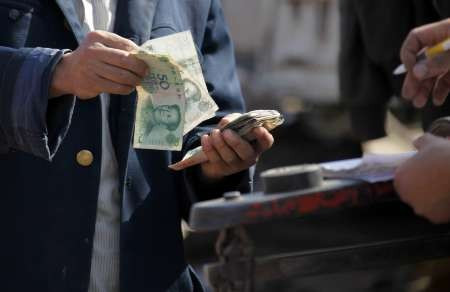China's Conference Board Leading Indicator Jumps to Six-Month High on Policy Boost

China's Conference Board Leading Economic Indicator (LEI) made a sharp rebound in June, helped by the government's targeted stimulus measures, and the think tank said the underlying investment conditions have to strengthen significantly for growth to recover from fragility.
The index that aggregates six economic indicators measuring economic activity in China rose to 1.3, its highest since December last year, from a six-month low of 0.7 in May.
Five of the six components of the LEI contributed positively to the index in June, a board press release said.
"June's pickup in the leading economic index for China is unlikely to be fully felt until the final quarter of the year, even though slight monetary loosening and better export performance could underpin more economic activity sooner," said Andrew Polk, resident economist at the board's China centre in Beijing.
"The economy's recent lift was mainly policy-induced as large amounts of infrastructure spending breathed life into the industrial sector, but the rate of growth remains fragile unless underlying consumer and investment conditions solidly strengthen."
The coincident economic index (CEI), which measures current economic activity, increased 0.9%, following 0.7% increases in May and April.
All five components contributed positively to the CEI as well this time.
The USD/CNY traded at 6.2093, unchanged from Monday's close, 45 minutes after the 2:00 GMT release.
Recent Data
China's house price index fell to a 15-month low in June, data showed, and the release triggered fresh hopes that authorities will step in with more property boosting measures, helping Chinese stocks buck the Asian downward trend on that day.
Data two days earlier had indicated that the Chinese economy grew 7.5% in the three months to June on a year-on-year basis, matching the government target and topping the market consensus of 7.4%.
China had increased spending on its railways, cut taxes and reduced banks' reserve requirements in order to increase credit availability for some sectors, and the Q2 data shows that the measures have been productive.
Chinese Premier Li Keqiang recently said that economic growth of slightly more or less than 7.5% this year would be acceptable as long as it still led to new jobs and higher wages, suggesting the government is unlikely to bear with a sharper drop of growth below the 7.5% mark.
© Copyright IBTimes 2025. All rights reserved.






















